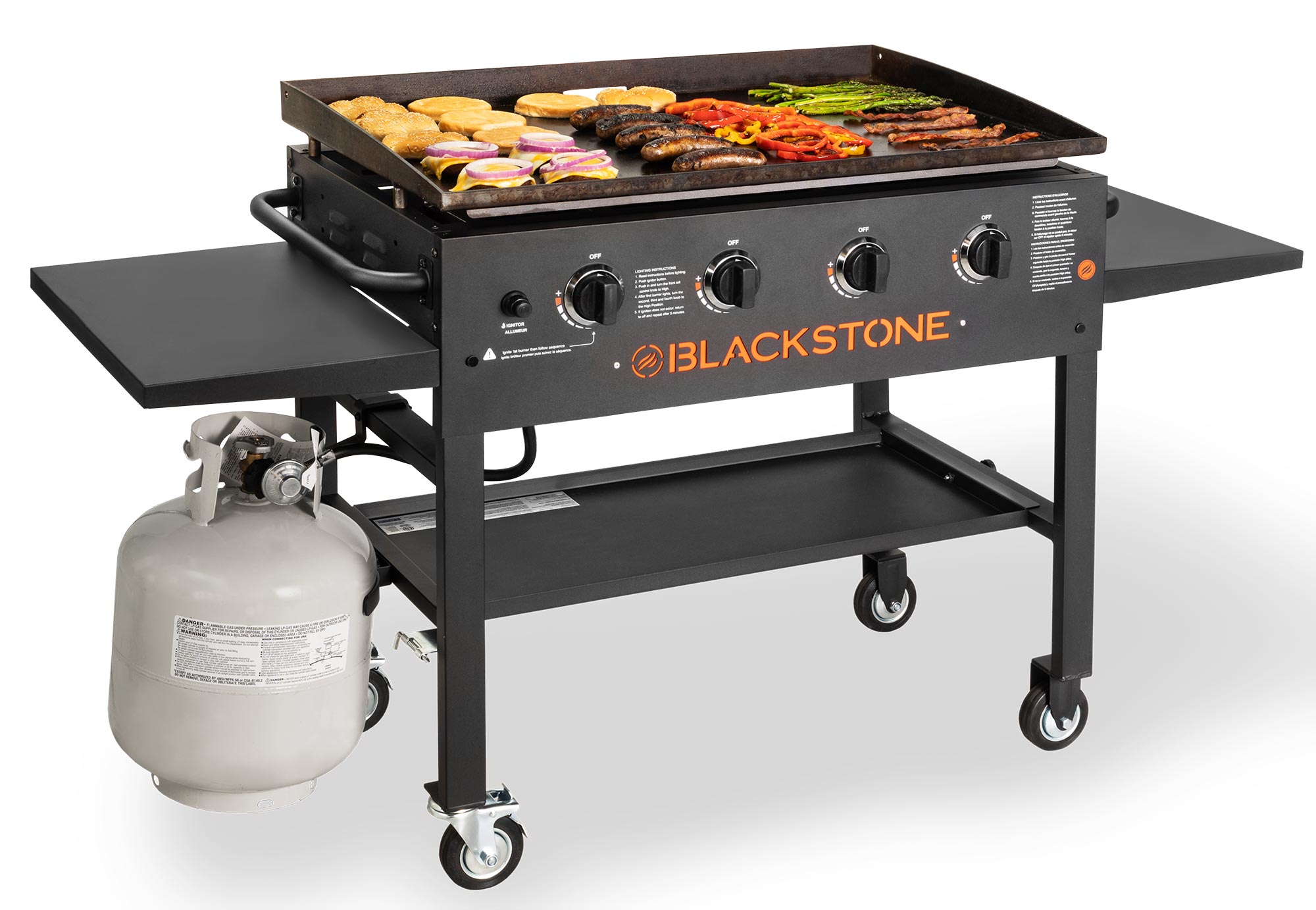Keter Brightwood Outdoor Plastic Deck Box, All-Weather Resin Storage, 120 Gal, Anthracite Gray
The Keter Brightwood Outdoor Plastic Deck Box helps you keep your outdoor items safe and within reach. It features an automatic opening mechanism that makes opening and closing it very easy. The Keter Brightwood storage box makes tidying up your deck or patio simple and convenient. It can even provide extra seating, as it doubles as a bench, accommodating two adults on its sturdy top. This deck storage box is UV treated and weather resistant.
The Keter Brightwood Outdoor Plastic Deck Box helps you keep your outdoor items safe and within reach. It features an automatic opening mechanism that makes opening and closing it very easy. The Keter Brightwood storage box makes tidying up your deck or patio simple and convenient. It can even provide extra seating, as it doubles as a bench, accommodating two adults on its sturdy top. This deck storage box is UV treated and weather resistant. You can store toys, garden equipment, tools and other items inside of it and keep them in there all year long with peace of mind. This Keter garden storage box includes built-in handles for easy lifting and placement. With a 120-gal storage capacity, it is spacious enough to give you one convenient storage solution for all your outdoor needs.
Keter Brightwood Outdoor Plastic Deck Box, All-Weather Resin Storage, 120 Gal, Anthracite Gray:
- Storage capacity: 120 gal
- Weight capacity: 804 lbs
- Automatic opening mechanism makes opening and closing easy
- Built-in handles for movability
- Ventilated interior
- Weather resistant, waterproof and UV protected
- Will not warp, dent, rust or peel
- Never needs painting
- Easy to assemble
- Made from polypropylene resin plastic to ensure its durability
- Keter brightwood storage box can be used as extra seating
Additional information
| Manufacturer Part Number | 249324 |
|---|---|
| Material | Resin |
| Assembled Product Weight | 38.6 lb |
| Assembled Product Dimensions (L x W x H) | 57.00 x 27.50 x 23.70 Inches |






by Tonya
I love this item! It is very sturdy and it honestly looks nice as well. Very nicely built and pleasing to the eye! I ordered one and once I received it and put it together, I ordered a second one!
by Mary
Very Sturdy! Nice Price. Great “no slam” lid.
by Thomas
Seems to be very sturdy, mine will be put on covered porch and store outdoor items… Cushions, pillows, bug sprays, and etc.. Took me longer than 30minutes to assemble but I don’t follow directions very well. Pleased with the storage box.
by Karen
It was easy to assemble and is very sturdy and holds a lot of stuff!
by Scott
easy to assemble, good design, attractive package and not costly.
by Dan
The size and quality exceeded my expectations. It took approximately 20 minutes to assemble. I would definitely recommend this for anyone in need of additional storage space.